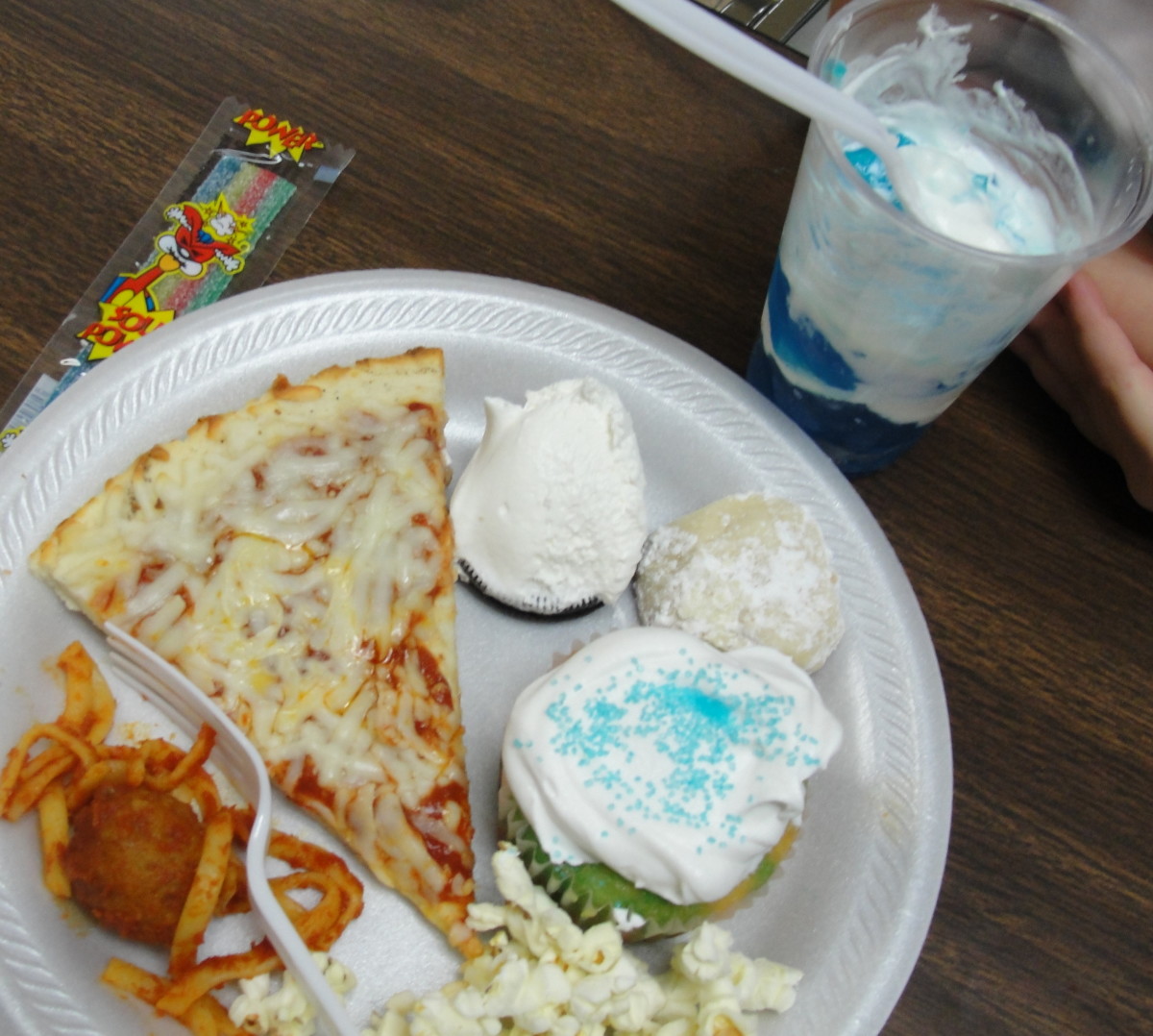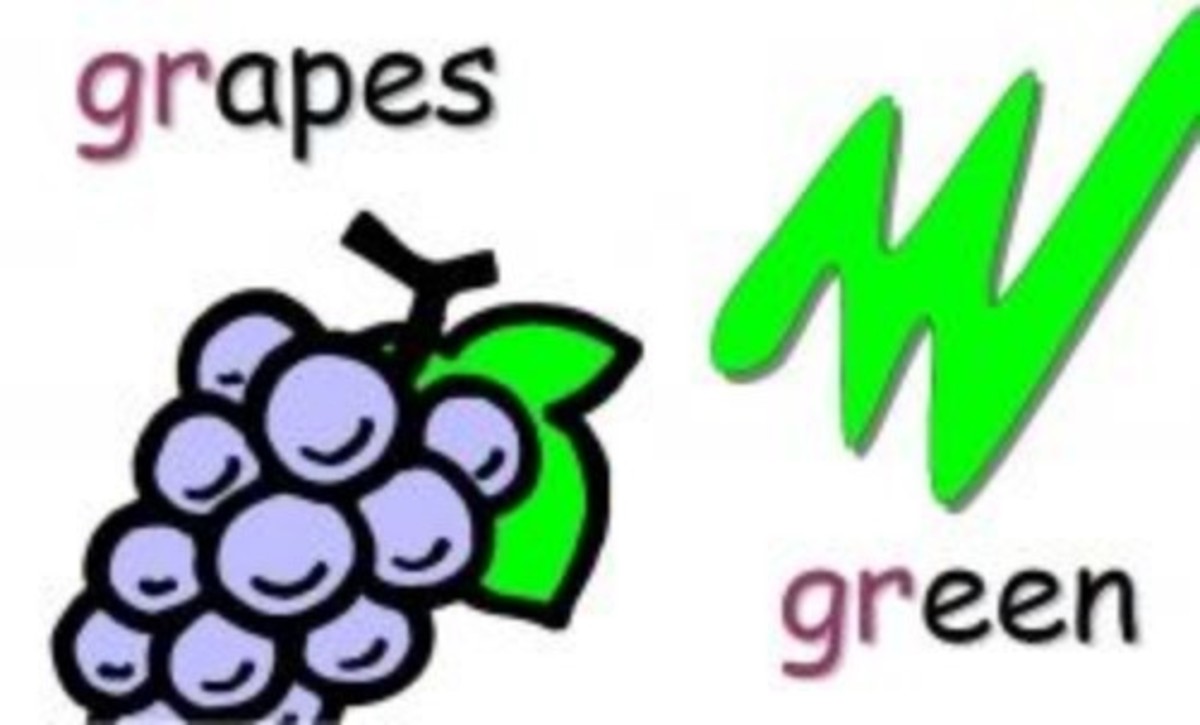Field Trip Teaching Techniques
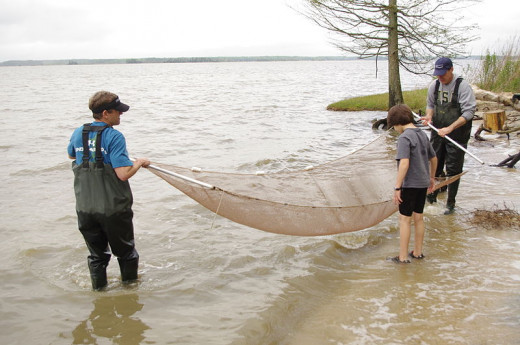
Don't let field trips become an alternate recess. Make sure some learning will be involved!
Kids will jump at any opportunity to get out of the classroom, however field trips shouldn't be seen as a day to get out of learning. A well-planned field trip will utilize learning techniques and integrate what a teacher is instructing students in a new a fresh manner. Well-planned excursions have the potential to turn into a really great learning experience, especially when teachers follow a few of the simple teaching methods such as the concept method, the predict/observe/explain method, the simulation method, and the role play method.
Any type of activity that uses the senses may allow your student to make a stronger educational connection.
Think of activities that sort animals into types (such as vertebrates vs. invertebrates), or plants into types (such as seed-bearing vs. spore-bearing) or activities that put things in order (such as planets into order, or steps in a cycle).
Concept Method
The concept teaching method is mostly used in field trips where students must sort, organize and categorize things. For example, you can employ this teaching method where students get to organize things, such as animals into classes, types of plants, or by placing things in the correct order. These types of situations allow students to reinforce what they already know, and allow them to use their hands in the learning situation.
Although these types of activities don't necessarily lend themselves to learning new information, a field trip featuring these elements lends itself well to review, and may be good at the end of the year or at the end of a unit.
Field trips shouldn't only be about introducing new material, they can also present material in a new manner. In this way, review can be just as effective as introducing new material.
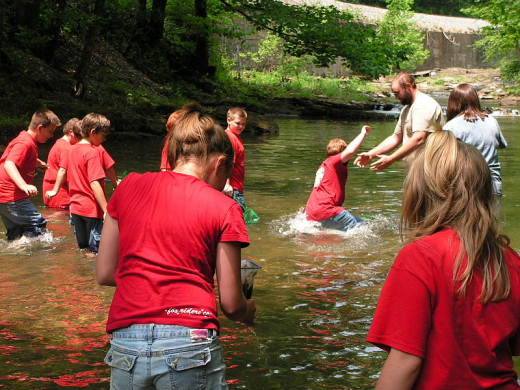
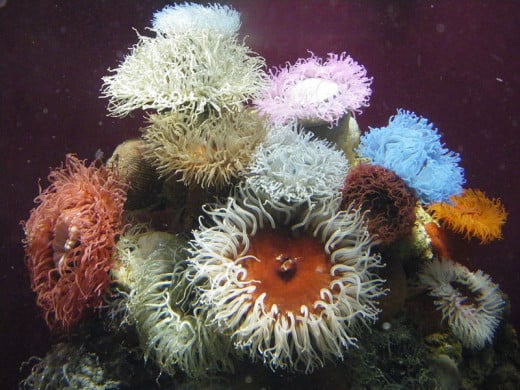
Simulation Method
The simulation method of teaching refers to hands-on activities where students can observe what happens for themselves, with little-to-no interaction from the teacher.
Consider a trip to the beach my middle school science class took to the tidal pools in California. We saw sea anemones in the pool, and decided to touch their centers to see what could happen. We'd been told in the classroom about how the anemone closes up on its prey, but we wanted to see for our self how this happened. Sure enough, when we tickled the anemone's tentacles the anemone thought our fingers were fish and tried to close in on us. Of course, our finger strength was no match for the tiny creature, but our fingers did experience a slight numbing effect (from the poison) and if we weren't careful, our finger would get sucked in a little too much into the creature. We had to see it to believe it. Or rather, we had to simulate it to believe if. Just witnessing that simulation for myself, and seeing it happen to my classmates, made the situation, and the truth of that creature, even more real than if I were to just have read about it in the textbook.
In that sea anemone situation we were simulating what would happen if a fish came in contact with the anemone. Yes, we could have trusted the teacher's word, or even observed a fish getting too close to the anemone, but I'm still talking about this experience 20 years later. We saw first-hand what we were told, and we then truly believed it.
Although it will take more planning, you'll need to create some activities or handouts that your students will have to complete while on the field trip.
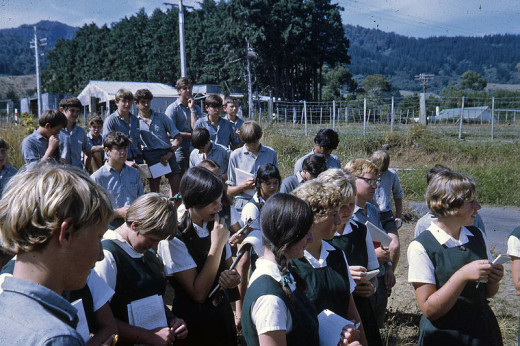
Predict/Observe/Explain Method
Many consider the predict/observe/explain method the most "scientific" teaching method, as students are encouraged to put on their "thinking caps" and determine what will happen next, based on things that they already know.
When teachers utilize handouts or journals they force students to actually learn something during the field trip. Some teachers require students to write down their observations on paper, while other teachers may want students to write down questions the come up with while on the field trip. For example, a student could write down a term they have never heard, or question they had after listening to a tour guide.
Students can also use the journal to write down what they observe, or mark things off a list of things to do/see. Providing a checklist ensures that students participate in certain activities before moving on to things that interest them most.
Other predict/observe/explain teaching methods could be more verbal in nature. Think of this teaching method like a game and ask your students "What will happen next?". For example, if a scientist is getting ready to conduct an experiment he could ask participants to guess what will happen based on what students already know.
When students connect what they do know about something and make a prediction about what may happen, it allows them to test theories for themselves, and see how good their comprehension levels are.

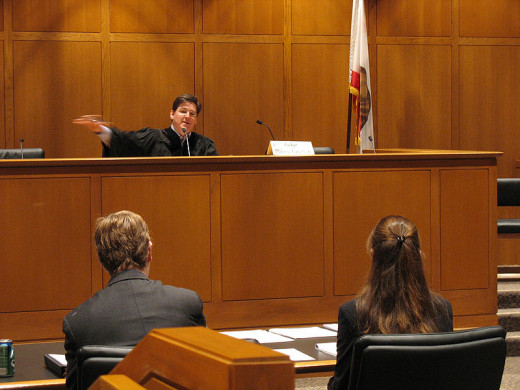
Role Play Method
Have you ever went to a renaissance fair?
How about a civil war reenactment?
Have you ever panned for gold in a river?
If so, you've employed the role play method of learning. When students role play it puts them in the same situation as the people or culture they are learning about.
Good teachers remember that they don't necessarily have to get "out" of the classroom (like on an actual field trip) to employ this teaching method, they can use the method of role play to transform their class into another place in the minds of their students.
When I was in fifth grade my teacher created a silly situation in class, and then set up a mock trial to see if we students understood the court process. Students in the class took on every role you might find in a court— there was a bailiff, lawyers, witnesses, a judge and even a note-taker (to act as the stenographer). By letting our creative juices flow, we may have learned more about the actual process of a trial in that 30 minute activity than we ever would have just by reading about it in a book. It made the experience real to us, and that is what learning is all about!
Later in my educational career we reenacted the story from "12 Angry Men", and had people in our classroom vote on the verdict as to whether the person on trial should have been found guilty or innocent based on the facts presented in the story. Were we paying attention to the details of the story, or letting other characters sway our opinion. An interesting concept, indeed!
This concept could be applied to other stories as well, such as the court case in "To Kill a Mockingbird"- or even more pop-culture type of situations as well. If you were the judge how would you rule? Talk about a great way to stimulate the reasoning skills of your students!
Conclusion
No matter where you take students on the field trip, you are bound to be able to use at least one— if not more— of the teaching methods listed above. Remember, field trips aren't all about the fun, they must invoke a learning experience in order to be truly successful.



